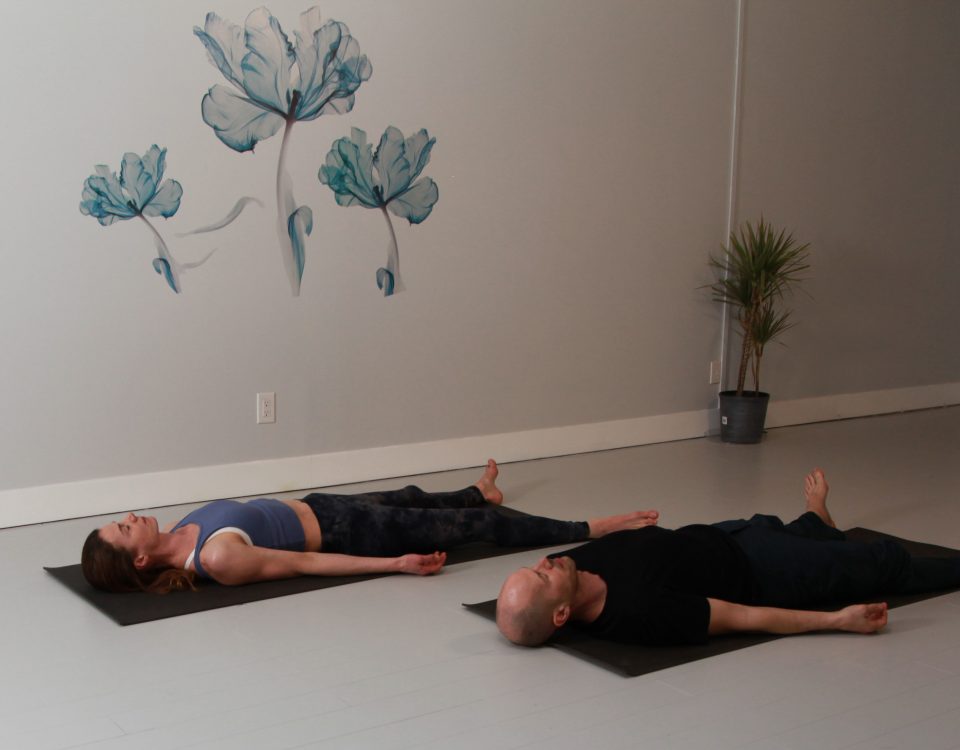
From Automatic to Aware: Rediscovering Reality Through Yoga
May 8, 2024
How much should you listen to your yoga teacher?
October 4, 2024You and I are amazing creatures, capable of learning a seemingly endless amount of patterns (ideas, skills, facts) to help us navigate our worlds more effortlessly and safely. Our movement patterns, held in what’s called “procedural memory,” are characterized by an ideal tempo—a cadence by which our motions unfold with the least amount of mental and physical energy. To step your foot forward, to reach your arm overhead, to walk—these are movements that each have their fundamental frequency. The rhythm is so familiar that the experience of movement can exist in the background while we carry on with other tasks. Thank goodness we can stratify our attention, allowing the automated mind to take care of the mundane while we pursue other goals.
So why do we bother slowing down our movements in yoga? What is the value of breaking this seemingly natural cadence and forgoing the assistance provided by our learned patterns and momentum? It’s less efficient, requires mental resources, and expends far more physical effort. Crazy yogis? What the heck?
There are many angles from which this can be explained. On a physiological level, the slowing down of movement often challenges our balance and strengthens the core. While this is undeniably important, I’d like to delve into this from a more psychological and emotional perspective.
When we move slowly and get off-kilter with the harmonics of our habits, the sensations that arise are salient because they differ from what we expect. With slower motion, the habitual trajectories of our body in space, or the torso’s movement from background breathing, are interrupted by a different timeline of experience. This interruption allows us to break free from the autopilot and enter into a state of mindful awareness.
Even though you may have experienced the coalescence of sensations present in a given pose thousands of times, there is always a novel experience to appreciate when you move mindfully.
Mindful Movement and Emotional Awareness
When we intentionally slow down and engage with the present moment through mindful movement, we gain access to deeper emotional awareness. The habitual patterns that govern our movements often reflect how we handle emotions—quickly, without full awareness, or even avoidance. Also, the sensations arising from the body are part of the physiological basis of emotions themselves. Each posture is an expression that nudges our inner state: open-hearted, secure, vulnerable and powerful, to name a few. Slowing down brings us into contact with unfolding emotions and creates space for them to be as they are.
Through mindful movement, we invite a non-judgmental observation of both physical and emotional sensations. By noticing how emotions like stress or anxiety manifest physically (such as tightness in the chest or tension in the shoulders), we create an opportunity for emotional release. The slower pace allows us to stay with these sensations, rather than rushing past them, changing or avoiding them. And as a result, we may find ourselves better able to regulate our emotions both on and off the mat.
Stepping into the Present
In yoga, when we move with awareness—we shift from the time course of reactivity to synchronize with the raw present moment. Whereas our habits keep us trapped in the automation of what we already know, mindful movement brings us into alignment with what has never happened before, what is novel. In practice, this means that the transitions between poses are just as important as the postures themselves: the means are the ends. Every moment counts.
As you know, yoga is not just about relating to the body. Mindful movement is not just how we move but an exploration of how we live. The more we practice stepping out of habitual motion and into mindful awareness, the more we cultivate a grounded, resilient, curious, and compassionate presence with ourselves and others.
So remember – while slowing down our movements in yoga may seem inefficient or even counterintuitive, this deliberateness opens the door to deeper awareness, emotional balance, and a more meaningful connection to our present-moment experience.
Karen Andersen
E-RYT 500
Behavioural Neuroscience Major, SFU





